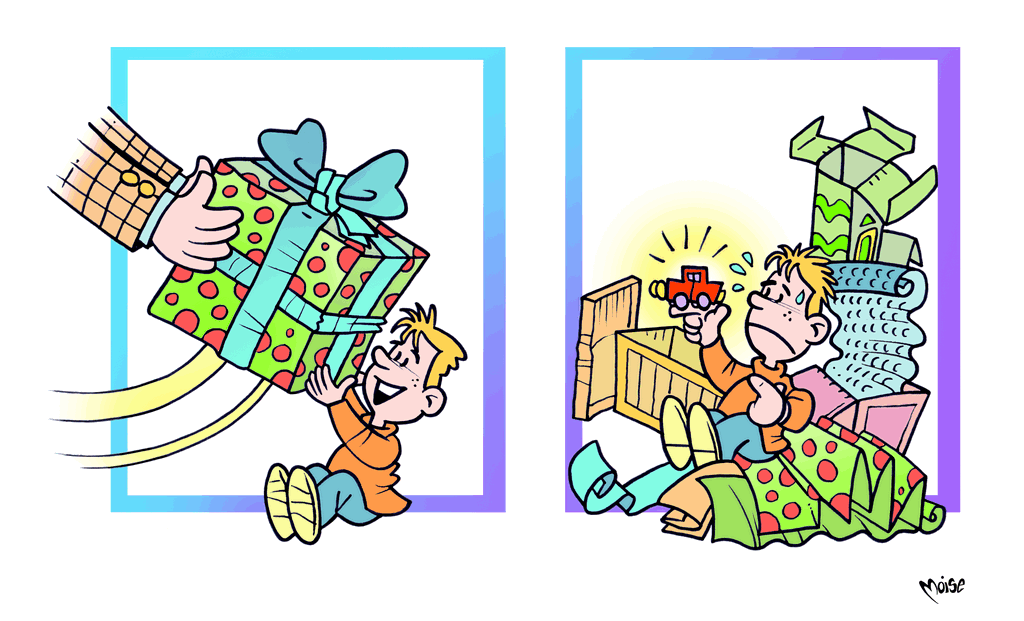
Packaging

Since the dawn of time, man has faced the problem of how to wrap and protect food, objects and goods.
The first containers were shells, hollowed-out tree trunks or animal organs. These were then followed by baskets for fruit, amphora for wine and oil, vials for perfumes, jars,
boxes, urns and sacks. The history of packaging is entwined with the history of humanity and, over time, with different materials and new styles being used. In the last century, a revolution occurred regarding not only the methods,
the style and the materials (cans, plastic wrappings, etc.), but also the type of goods to be packaged and the purpose of the packaging. With today's consumer society and the growth in distribution, the role
that goods and objects play in our daily lives has changed, with the distances between the manufacturers and the consumers widening and, as a result, with dramatic changes in the packaging itself.
Nowadays, loose goods, which you can place directly into your shopping bag without some sort of packaging, almost do not exist.
Moreover, packaging has become a marketing and advertising tool, not only to provide the necessary information about the contents, but to greatly influence consumer choice.
Today one third of the waste coming from domestic products is made up of packaging waste. This has motivated manufacturing companies to find new ways to better package their products: cans and trays have become lighter, cling films thinner, and the weight and thickness of plastic bottles has decreased.
In this way, packaging has become more eco-friendly.


